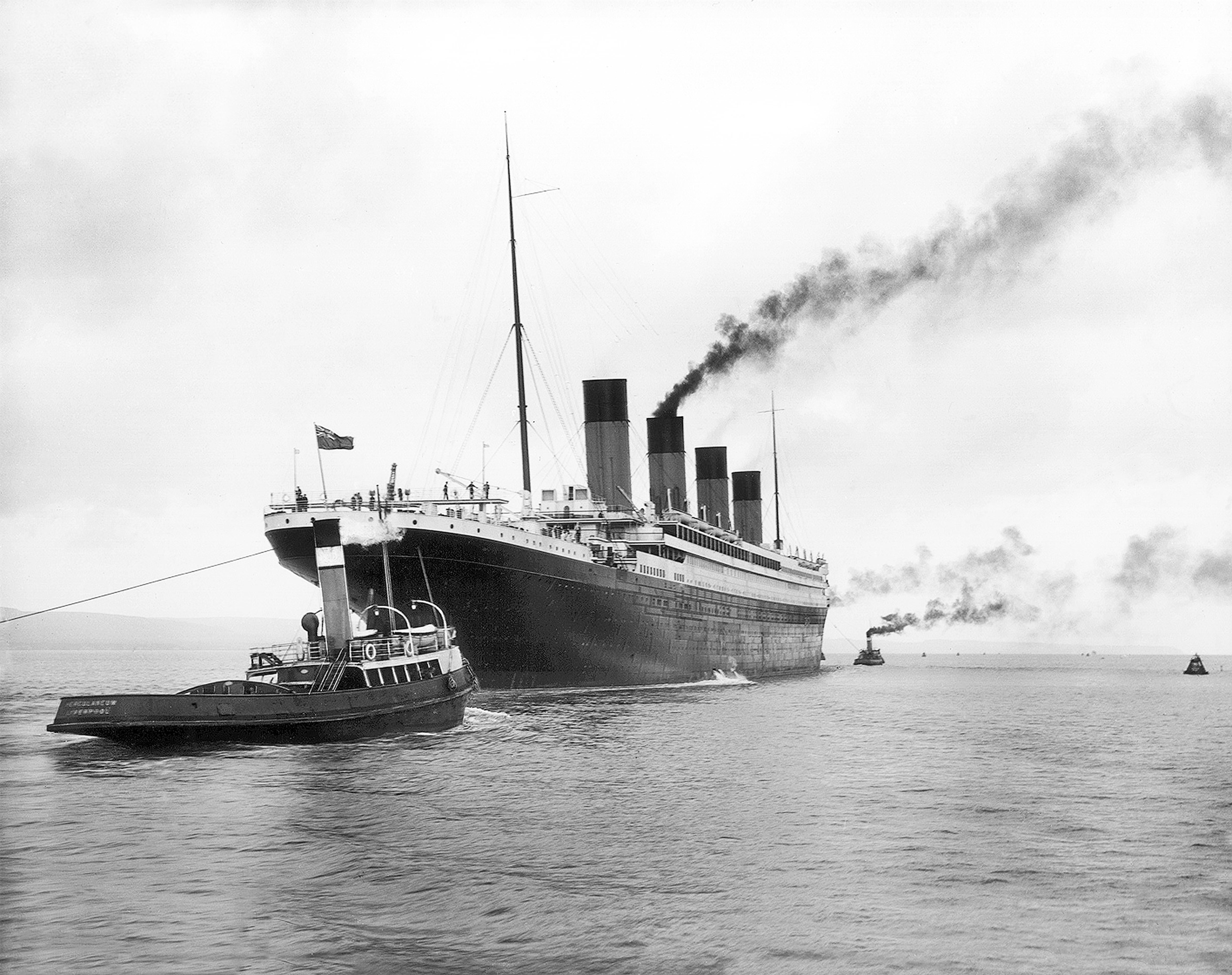When you picture the Titanic, images of a colossal, luxurious ocean liner likely come to mind. Indeed, in 1912, it was heralded as the largest passenger ship ever built, a symbol of human ingenuity and opulence. However, in an era of ever-expanding cruise ship technology, just how does the “ship of dreams” stack up against the giants of the seas today? The answer might surprise you.
While the Titanic was undoubtedly a marvel of its time, boasting 10 decks and stretching 882.5 feet in length with a beam (width) of 92 feet, modern cruise ships have dwarfed these dimensions. Take, for instance, Royal Caribbean’s Icon of the Seas, set to embark on its maiden voyage in 2024. This behemoth is a staggering 20 decks high, measures an immense 1197.5 feet in length, and has a beam of 213 feet. The sheer scale difference is striking, highlighting just how much ship design and engineering have progressed over the last century.
The recent unveiling of the first complete digital scan of the Titanic shipwreck, 111 years after its tragic sinking in the North Atlantic, has reignited global fascination with the legendary vessel. As stunning images of the wreck emerged, so too did comparisons of the Titanic’s size relative to contemporary cruise ships, sparking considerable reaction across social media platforms.
One particularly impactful visual, shared widely on Twitter, juxtaposed the Titanic against a modern cruise liner, vividly illustrating the immense disparity in size. This image alone garnered tens of thousands of retweets and sparked conversations about the “wild”, “insane”, and “amazing” scale of modern ships. Many expressed a sense of awe, and even disbelief, at how much larger cruise ships have become. One user humorously commented that a modern cruise ship would likely “pick up the iceberg for cocktails,” underscoring the perceived invincibility of these contemporary giants compared to the ill-fated Titanic.
The exploration of the Titanic has been ongoing since the wreckage was discovered in 1985. However, the newly released digital scan offers an unprecedented level of detail, providing a comprehensive view of the ship’s current state on the ocean floor. This scan is invaluable for researchers and historians, allowing for evidence-based analysis and moving away from speculation surrounding the Titanic’s final resting place.
Resting at a depth of 12,467 feet, the Titanic is broken into two main sections, the bow and stern, separated by a significant distance within a large debris field. Parks Stephenson, a leading Titanic expert, emphasizes the digital model’s critical role in advancing factual research, providing concrete evidence for ongoing studies and historical understanding.
In conclusion, while the Titanic remains an iconic symbol of maritime history and a ship of immense proportions for its era, the comparison of its size to modern cruise ships reveals a dramatic shift in shipbuilding capabilities. The digital scan not only provides new insights into the Titanic’s wreck but also serves as a stark reminder of how far maritime technology has advanced, leaving the “unsinkable” ship seemingly small in the wake of today’s colossal vessels.

